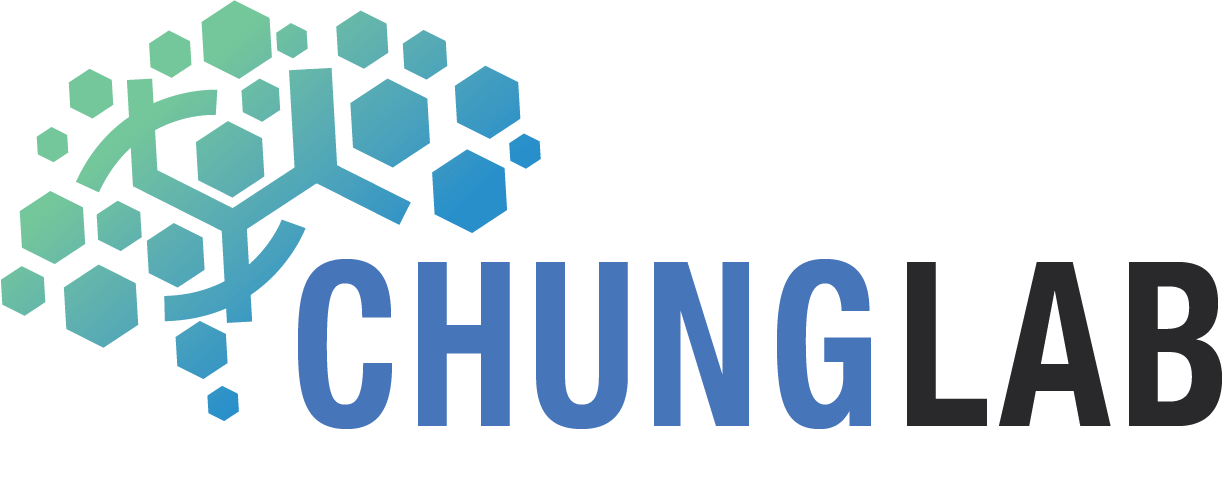8 lab members presented their research works at Society for Neuroscience, 2019, held in Chicago, on October 22th!
The Picower Institute of Learning and Memory featured our abstracts along with other labs’.
“On Tuesday morning, for instance, Kwanghun Chung’s lab drew a steady crowd of onlookers to a strip of eight posters presenting their latest technology to clarify, enlarge, preserve and label whole brains and tissues to enable unprecedentedly rich imaging and analysis of neurophysiology, development and function. Dae Hee Yun, for example, showed the lab’s rapid whole-brain tissue immunolabeling technology called eFLASH, Katherine Xie presented improvements to the lab’s SHIELD tissue preservation technique and, Yuxuan Tian apprised visitors of a new chemistry innovation to interlock biomolecules to preserve their position in tissues. Many of the lab’s technologies are being integrated, Webster Guan demonstrated, in a pipeline that the lab is using to lead a comprehensive, NIH-funded mapping of the entire human brain.
Several lab members showed how their technologies are applied to a variety of other neuroscience questions, often via collaborations. Chemical engineering graduate student Justin Swaney, for example, detailed the lab’s work to efforts to quantify important differences in the development of cerebral organoid, or “minibrain,” models of diseases such as Rett Syndrome or Zika virus infection. Minyoung E. Kim presented a scalable, end-to-end framework to predict morphological features of microglia and analyze distribution of their subtypes, at whole-brain scale, during development and after Tsai’s sensory Alzheimer’s treatment. Young-Gyun Park presented a popular poster showing how technologies allowed the Chung and Susumu Tonegawa labs to track down the ensemble of neurons that form a contextual memory, or “engram,” even though it is distributed among many different brain regions.”











